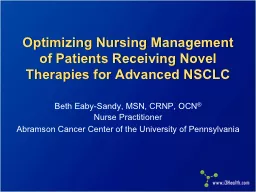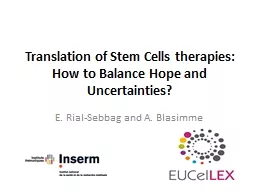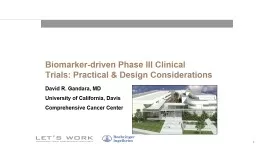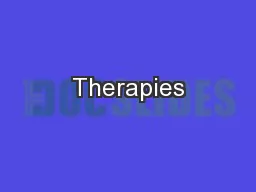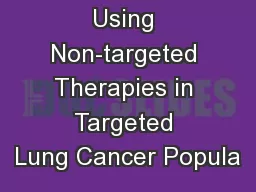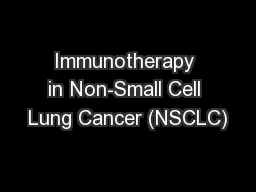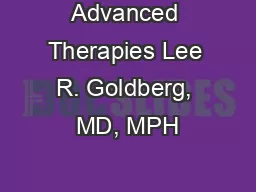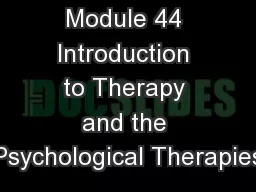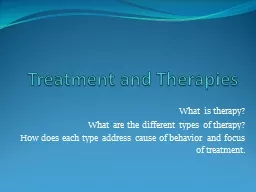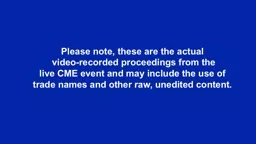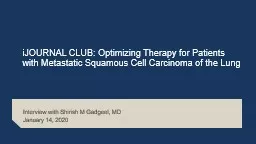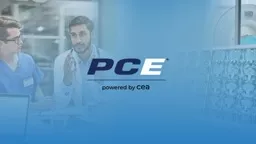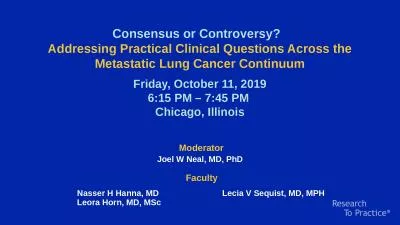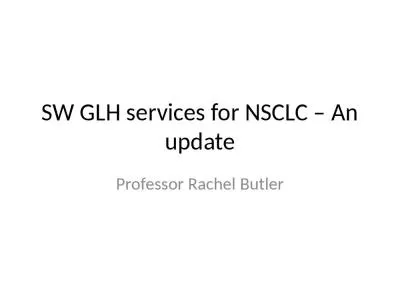PPT-Optimizing Nursing Management of Patients Receiving Novel Therapies for Advanced NSCLC
Author : southan | Published Date : 2020-06-17
Beth Eaby Sandy MSN CRNP OCN Nurse Practitioner Abramson Cancer Center of the University of Pennsylvania Disclosure of Conflicts of Interest Beth Eaby Sandy
Presentation Embed Code
Download Presentation
Download Presentation The PPT/PDF document "Optimizing Nursing Management of Patient..." is the property of its rightful owner. Permission is granted to download and print the materials on this website for personal, non-commercial use only, and to display it on your personal computer provided you do not modify the materials and that you retain all copyright notices contained in the materials. By downloading content from our website, you accept the terms of this agreement.
Optimizing Nursing Management of Patients Receiving Novel Therapies for Advanced NSCLC: Transcript
Download Rules Of Document
"Optimizing Nursing Management of Patients Receiving Novel Therapies for Advanced NSCLC"The content belongs to its owner. You may download and print it for personal use, without modification, and keep all copyright notices. By downloading, you agree to these terms.
Related Documents

